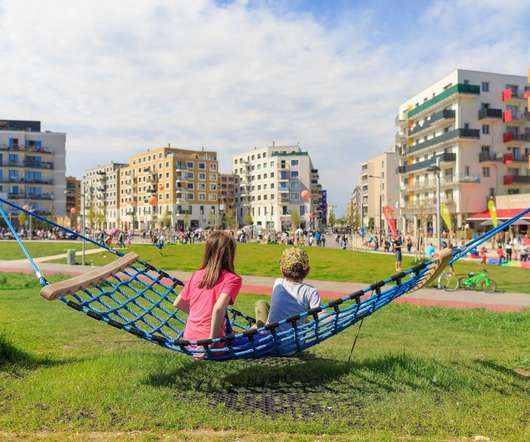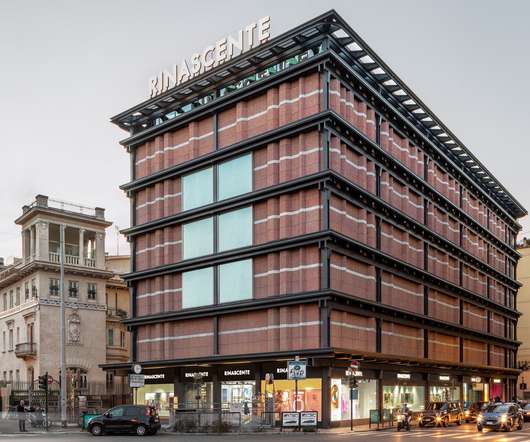F5: ThinkLab’s Amanda Schneider on Her Favorite Statistics for Designers
Design Milk
MAY 30, 2025
Amanda Schneider Schneider is founder and president of SANDOW DESIGN GROUPs ThinkLab , and since 2018 she has led the only market research firm focused on the design and architecture ecosystem. By 2050, the interior design industry will have influence over approximately one-tenth (10%) of the world’s carbon emissions.














Let's personalize your content